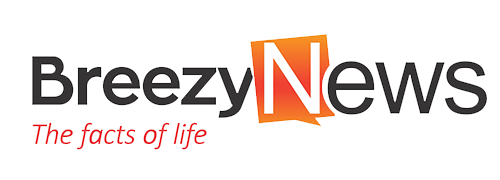While Lagosians are still celebrating the successful launch of the Red Line metro and eagerly anticipating the boost in daily trips with the arrival of new coaches ordered by Governor Babajide Sanwo-Olu, even better news emerged last week. Plans are underway for the potential simultaneous construction of the Purple and Green Line railways in the coming months.
Soon after last 15 October commercial launch of the Red Line — a railway traversing Agbado in Ogun State through Agege, Ikeja, Oshodi all the way to Oyingbo near the island — the announcement was made that the Green Line which will take commuters from the iconic Marina Blue Line terminal (Lagos Island) through Victoria Island, Oniru, Lekki, all the way to Ibeju-Lekki’s free zone, is next for construction.
Yet in Rabat, Morocco during the just ended Africa Investment Forum (AIF) Market Days, the governor pitched for the two projects valued at $1.9billion. In fact, he made it known that substantial funding was already in the kitty.
“The Purple Rail Line is a 60 km electrified rail system that will include 16 stations and seamlessly integrate with existing metro and bus services to enhance connectivity,” Sanwo-Olu told investors in Morocco.
The Purple Line is a transformational metro that will pick passengers from Mowe, a town in Ogun State, where the Redeemed Christian Church of God built its large property — including a camp for big church events which can take more than two million worshipers, schools, residential estates, guest houses and other businesses.
The line will traverse the rapidly developing stretch of the Lagos-Ibadan Expressway through Ibafo, Magboro, Long bridge, Berger (in Lagos), Omole, Ogba, Agege (meeting/crossing the Red Line), Iyana-Ipaja, Egbeda, Igando, Iba to join the Blue Line on the Lagos-Badagry Expressway, Ojo. This is audacious.
What is more fitting is that the planning and routes which these metros will pass had been drawn up when President Bola Tinubu was governor of the state, thus highlighting the importance of foresight, planning and systemic leadership. Luckily, the state is in such a place and with such a leader like Sanwo-Olu who prioritises generational infrastructural projects such as this.
Back to the Morocco presentation. The governor told his audience that “It (Purple Line) is projected to serve over 300,000 passengers daily, significantly reducing greenhouse gas emissions by encouraging a shift from road to rail transportation.”
He reminded a very engaged group of investors that the immediate requirement was $866.05 million, which would cover survey and design as well as civil works.
He noted that the state was working towards a transportation master plan that would be brighter, more effective, efficient, sustainable, and safer.
He maintained that Lagos was ensuring integrated transportation systems and mass transits in order to reduce traffic and the number of hours spent commuting — which would ultimately lead to improved health and wellbeing of residents.
On possible disruptions occasioned by likely community resistance, the governor had this to assuage his audience: “The government will even pay compensations to displaced persons where necessary, so no additional burden is brought to would-be funders.
“We don’t want to lock in anything, we know all the various options. We understand how some of these things work.”
Speaking per return on investment, he highlighted on the deployment of technology and the very successful cowry card payment solution.
“We’re willing and ready to make those transactions work. We’ve seen from our experience how to guarantee revenue assurance,” he stressed.
“We have a payment system under the cowry card, which is where we’d block leakages to a large extent and the same contactless card. We can use it on our bus, train and ferry where you’d have it all integrated.
“On a daily basis, they know what the traffic is and what is due to everybody. Whatever, based on the study or the ridership guarantee, we would look at it.”
Sanwo-Olu said that the state government would need “to either top up on other forms of revenue that can help out in terms of advertising rides on the corridor.”
With the ongoing developments and assurances from the administration, it is anticipated that by the end of his tenure in 2027, the state will likely boast four operational metro lines – Blue, Red, Green, and Purple.
This ambitious initiative underscores the commitment to transforming the state’s urban transport infrastructure, promising enhanced connectivity, reduced traffic congestion, and improved commuting efficiency for residents.
Given his significant accomplishments with the first two metro lines, the Blue and Red lines, his impact on Lagos’ transportation landscape is undeniable. These milestones have already set a new benchmark for urban mobility in the region.
As the rest of the world takes notice of Lagos’ improving mass transportation infrastructure, the city is poised to attract increased interest from investors, tourists, and businesses. This progress not only enhances the quality of life for residents but also positions Lagos as a more competitive global city, driving economic growth and urban development.







